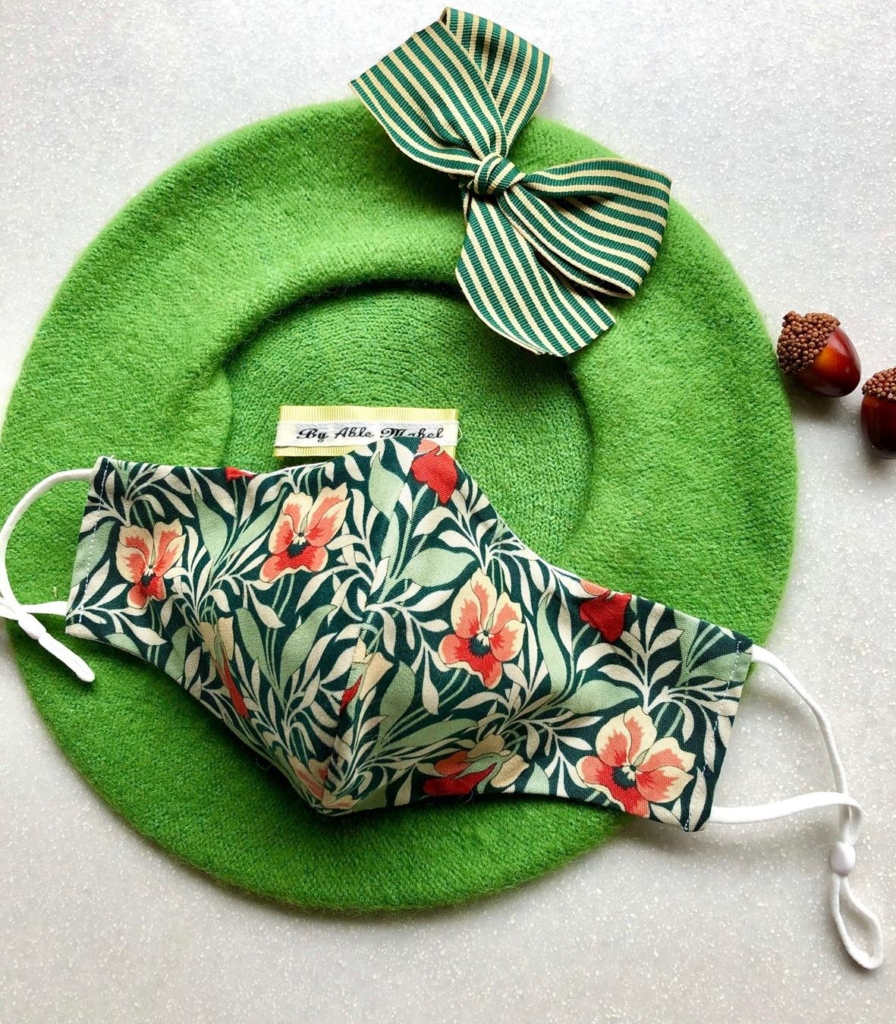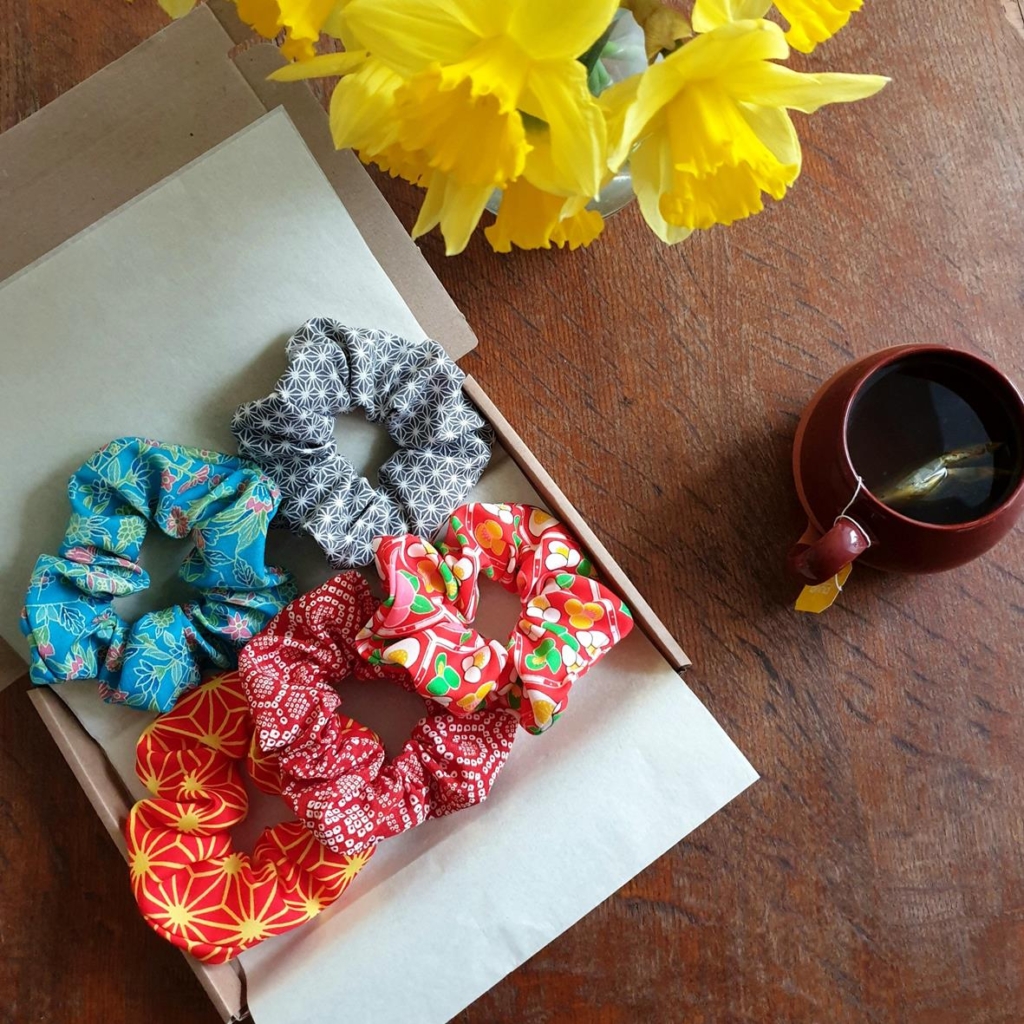The difference between Slow and Sustainable Fashion, and why we need to understand it
Posted on 10th May 2021
There is a common misconception that Slow Fashion and Sustainable Fashion are one and the same. Independent fashion designers and sustainable fashion newbies alike can have trouble distinguishing which is which.
Even as we plan the Slow Fashion Market here at Bristol Market there has been a discussion on what is Slow Fashion and what is Sustainable?


The idea for the Slow Fashion Market was to introduce a collection of indie fashion (and accessory) makers and indie vintage fashion businesses to our markets.
Bristol Market aims to be as inclusive as possible, so a Sustainable Fashion market alone would exclude Slow Fashion makers. Here’s why…
What is Slow Fashion?
As the name suggests, Slow Fashion encourages us all to slow down on our fashion consumption and stop buying mass produced Fast Fashion. For both ethical reasons (supporting garment workers) and environmental issues (reducing fashion waste, toxic chemicals and cutting down our carbon footprint), the Slow Fashion idea is that we change our mindset about the way we shop.
We can support Slow Fashion by buying more pre-loved and vintage garms – who doesn’t love a chazzer shop – and start looking into our existing wardrobes to create new looks and even (for the brave) reworking and upcycling your own clothes!
Supporting small indie fashion businesses and makers is another way to support Slow Fashion.


The reason many small fashion businesses are part of the Slow Fashion revolution is that most of these indie makers hand make their collections themselves, instead of outsourcing and they do not mass produce. By creating small runs of garments and only recreating pieces when they have been sold, this indie process reduces waste and over-produced garments. Many indie makers produce unique, one off pieces too.
“I work exclusively with the wool from my flock of rare breed sheep to produce handmade sustainable knits for the home and wardrobe. My wool is spun regionally within the South West of England and either left undyed or dyed organically and every piece is 100% biodegradable. The journey to produce a sustainable, fully traceable wool collection started when I bought my first sheep ten years ago!”.
Katie Allen, Shepard and Maker at Loopy Ewes. www.loopyewes.co.uk
What is Sustainable Fashion?
The aim of Sustainable Fashion is to create a circular economy within the fashion industry, in others words, we need to start re-using pre-loved fabrics and clothing, the materials we already have in rotation.
To be a Sustainable Fashion brand you have committed to using only pre-loved fabrics and materials to create your designs.
A Sustainable Fashion biz would also support environmental issues, reducing their carbon footprint and creating all of their products locally.


Ethically Sustainable Fashion businesses will also consider their production chain, who (if it isn’t themselves) is making their products and under what conditions? The happiness of their garment workers is very important to them!
It’s not all about fashion makers either, vintage and pre-loved fashion is completely sustainable as nothing new is being created! Buying pre-loved and vintage means you are supporting a circular economy. Supporting vintage fashion businesses and charity shops is a very simple way to support Sustainable Fashion.
“My business creates unique, one-of-a-kind pieces of clothing using vintage, remnant and deadstock fabrics. I generally class my business as Slow Fashion, as sometimes I feel the term ‘sustainable’ can be over used, when really ‘more environmentally friendly’ is more accurate.
“Sustainability in fashion is as much about the habits of the buyer and how a brand sells and markets their products, rather than just the fabrics used. I’m learning all the time about what aspects of slow fashion to focus on, from quality in production to how I promote loving clothes for longer”.
Zoe Yarwood, Collect Me. www.collect-me.co.uk
The fine line between Slow and Sustainable Fashion…
Producing small runs of garments and products can fall into the Slow Fashion category, but creating anything from brand new fabrics is not sustainable.
It is so important to get the terminology right as an independent business owner, declaring you are a Sustainable Fashion brand when you are more of a Slow Fashion brand means you are entering dangerous waters, known as greenwashing…
“It is infuriating that fast fashion brands promote themselves as ‘sustainable’ just because they use materials which are organic or natural, yet, they still mass produce their garments in factories where workers are underpaid and work in horrific conditions. The benefit through shopping with an indie fashion business means that they’re a lot more transparent. Decisions are made with people rather than profit in mind.
“At Daines Atelier we upcycle pre-loved textiles to create Eco-friendly streetwear. Our focus on sustainability is being circular, using textiles that were going to landfill and giving them a second lease of life. Instead of mass production we only create few-of-a-kind garments, using traditional tailoring techniques, creative pattern cutting and hand finishing. We offer our customers advice on how to live slow and shop more consciously”.
Evie Daines, Daines Atelier.


When a fashion business becomes more popular and starts producing larger runs of products, this would be the time to reconsider the use of the Slow Fashion label.
It’s the price of success but considering new ways to become more sustainable could keep that Slow Fashion title and help save the planet!
“Educate your consumers. Fast fashion is cheap because most of the materials are not built to last. Sustainable fashion may be more expensive because the materials are built to last – these items will be staples in your wardrobe for years to come. Buying independent and sustainable fashion is not only doing good for the environment, but it’s also an investment. Madia and Matilda are committed to zero waste, we upcycle materials and create sustainable luxury fashion pieces which are made to last”.
Shalize Nicholas, Madia and Matilda
The organic argument…
Organic cottons are produced to be more eco-friendly, using less chemicals and natural farming techniques, however it has also come under some criticism regarding the amount of water used to produce it. Some organic t-shirts are also being dyed using toxic chemicals, but that’s another story!
Too often you see the sustainable fashion tag used next to a fashion brand producing organic t-shirts, companies that are mass producing organic t-shirts! The irony!
This is another example of greenwashing. It is supporting neither Sustainable or Slow Fashion.
“As a slow fashion business Yogacycled create activewear from recycled plastic bottles, our collections are limited so we do not overproduce, we also plant a tree with each order”
“No-one is perfect, but we should all do our own research and choose consciously, small steps in changing for the better is miles better than not doing anything”.
Anastasia Solomakha, Yogacycled. linktr.ee/Yogacycled


We all need to try harder; brands and influencers need to become much more transparent and consider how they are using the latest buzz words like #sustainable #independent #slowfashion #organic – to promote their business values more authentically.
As consumers we need to take a little time to ask questions, do our research and make our own decisions – on whether a business is really sustainable or supports slow fashion – before we buy.
We are all learning.
Follow Bristol Market on Instagram https://www.instagram.com/bristol.market/

